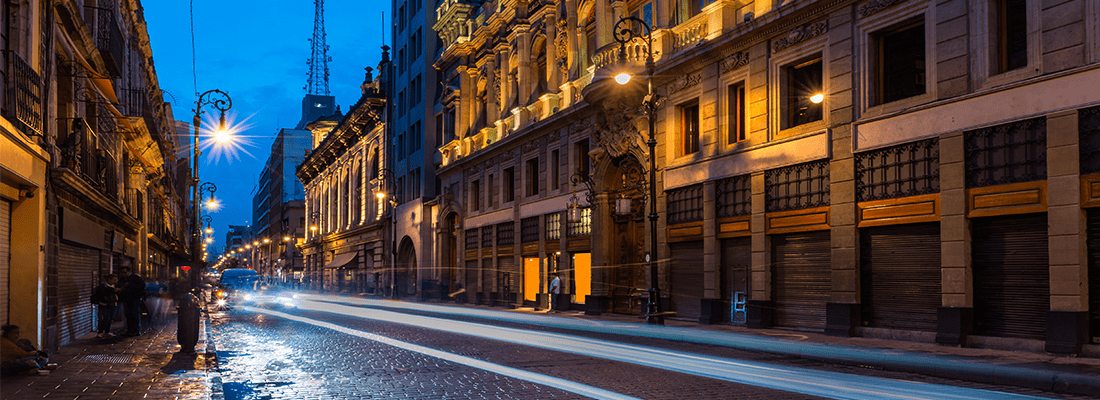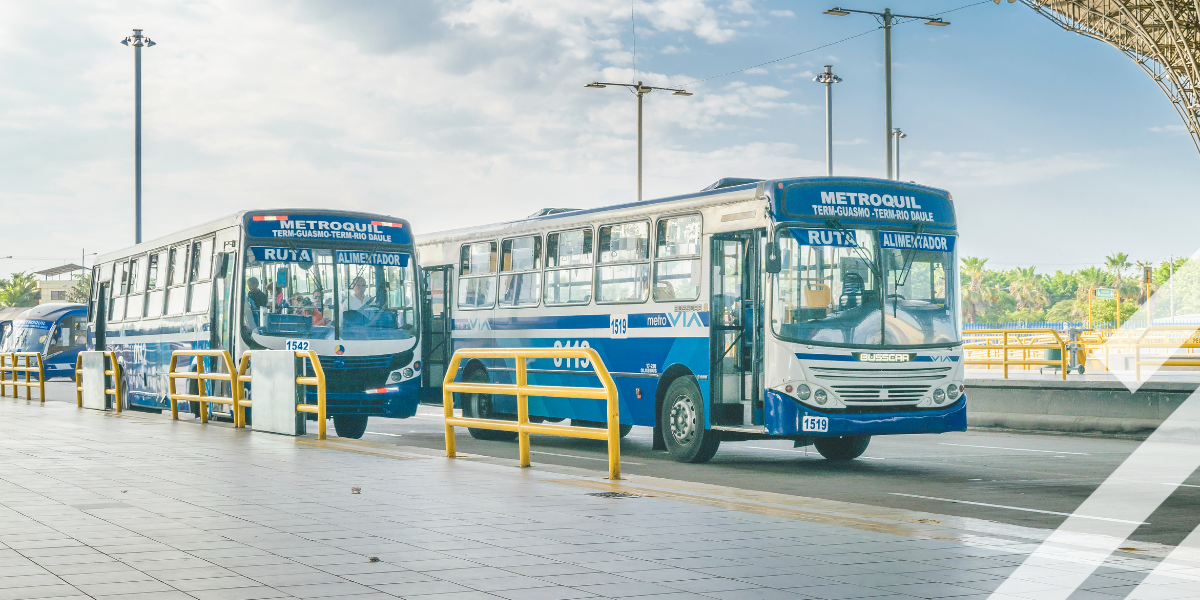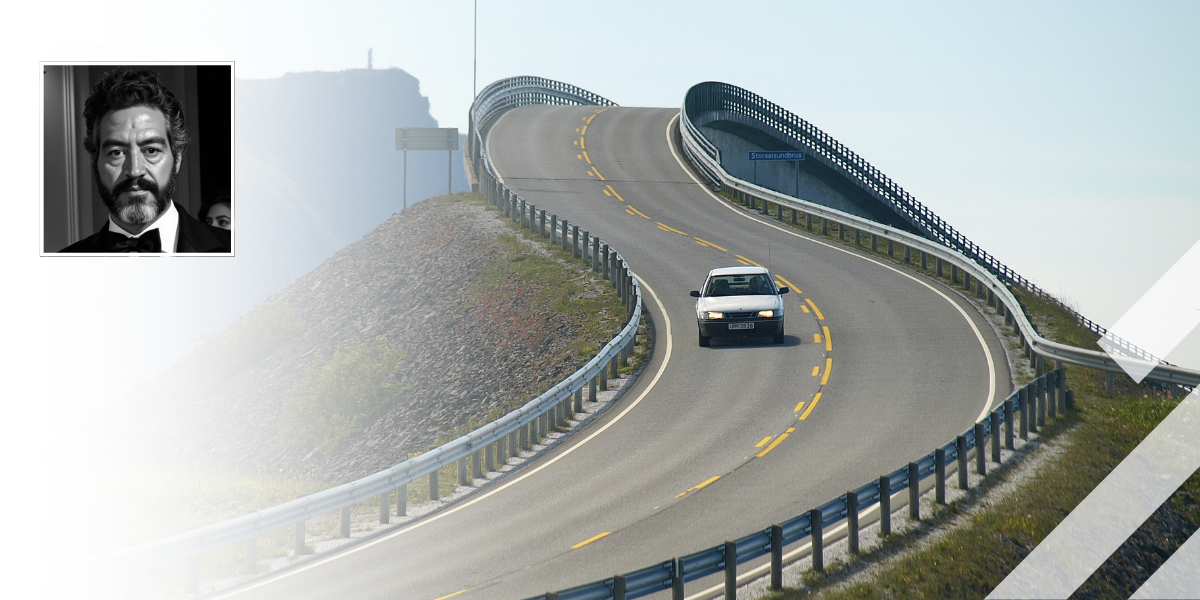Metrobus:"Electromobility part of the new normality of public transport systems in Mexico."
During his participation, Roberto Capuano mentioned that “electromobility would be part of the new normality of public transport systems in Mexico and throughout the world, thus making it possible to improve the quality of life in cities.”
In his conference, he presented the electromobility projects for Mexico City, emphasizing the 2020-2021 pilot electromobility projects, such as the expansion of Line 3 of the Metrobus with 10 electric articulated buses (9 to be ready in December 2020); and the arrival of 10 twelve-meter electric buses on Line 4, where the first electric bus will be ready by December 2020 and the remaining 9 in March 2021.
In respect of the priority electromobility projects, he referred to the construction of the Metrobus Line, which will go around the inner ring road (Circuito Interior) and have a fleet of 260 twelve-meter buses. This line shall be inaugurated on November 2021 and will connect Mexico City’s octagonal transport network, with more than 60 points of contact between the metro, metrobus and electric transport, creating a solid transport network for the areas of leisure and business activities in Mexico City. His talk also mentioned the 2020-2030 plan for the renewal of the fleet of buses.
The expansion of Line 3 of the Metrobus means that it will connect with 5 more Metro stations, namely: Luz Saviñón, Eugenia, División del Norte, Miguel Laurent, Zapata (350 meters away). There are 72 buses in the fleet at the present time and the expansion will mean the incorporation of a further 10 electric buses.
Today we have the first 100% battery-operated electric bus, with 330 km of autonomy, retracting doors for 160 passengers and 563.8 KWh battery capacity, an energy consumption of 1.4 KWh/km and 3 to 4 hours of charging capacity.
A successful electromobility pilot project will result in the standard units being replaced by electric units. 54 units from Line 3 are at the end of their useful life and we hope to make it an entirely electric fleet.
The electromobility project of the Line 4 corridor will, in its first phase, include an electric twelve-meter bus and a 50 KW charger, with a test period from December 2020 to June 2021. In its second phase, there will be 9 twelve-meter electric buses with a charging capacity of 650 KW in operation in 2021.
The aim of the Inner ring road route –Circuito Interior- is to transport 258,000 passengers a day along 46.1 km, connecting 144 stations, 3 terminals, 10 districts and 4 operating companies (RTP, CONGESA, TRIOXA, COREVSA). The stations will be bus stops and others will share bicycle lanes. For its part, the 2020-2030 Plan for the Renewal of the Metrobus Fleet System includes 588 buses for 7 Lines.
“For the last few years the Metrobus has been at the forefront in transport technology and has followed all the internationally implemented recommendations to avoid the spread of COVID-19”, assured Nicolas Rosales, Chairman of the Mexican Transport and Mobility Association -AMTM-. “We are breaking paradigms in matters of transport and laying clear foundations for reducing our environmental impact and creating a better quality of life for both our users and drivers. Without a doubt, electric transport will improve the quality of air, as well as the health of our users and pedestrians on our city streets.” He added.
ENGIE: “Decarbonizing cities implies decarbonizing transport.”
During his participation, Francisco Cabeza mentioned that “decarbonizing cities implied decarbonizing transport.” While worldwide the figure for the total use of energy in the transport sector is 29%, in Mexico it is 46% and in Mexico City it is 60% (transport contributes 37% of greenhouse gases).
According to the 2017 Origin Destination Survey, there are 15.57 million public transport journeys on public transport in the Metropolitan Area of the Valley of Mexico with an average length of 63 minutes. 52% of the trips last more than one hour. In the case of the Metrobus, the average is half an hour.
He added that "mobility costs a company with a thousand employees +1,800,000 USD a year and represents more than 1,800 tons of CO2” adding that electric vehicles are mainly seen as ecological and economic, as their fuel costs less and they are inexpensive to maintain. 17% perceive them as expensive.
69% of drivers find the financial savings on fuel that the charging method of electric vehicles represents to be of first importance while 62% use them because of their low environmental impact. Limitations on the use electric vehicles are their high purchase price and the shortage of charging stations. If these aspects were solved, people would probably be more open to acquiring electric vehicles".
The ecosystem of electric mobility includes battery-operated vehicles, a business model with long-term financing schemes without residuals, the development of charging infrastructure -either on site and/or publicly accessible-, and the use of IoT, which digitally enables transactions between the pillars of the ecosystem.
He mentioned, for example, the company, BEAT, that has an app for a fleet of 180 electric vehicles in service, thus mitigating 10 tons of CO2 a year per electric vehicle (1,800 tons per fleet). The electric Metrobus uses 80% less energy and mitigate 1300 tons of CO2 per bus after 10 years in operation.
Engie has the pilot program in the UNAM (National Autonomous University of Mexico) with the Pumabus and is involved in student transport projects with other universities. Electromobility is on the rise, the car industry is involved and there are more than 20 brands of plug-in vehicles in the country.
"Collaboration is the new normality in sustainable businesses. Electric mobility is a fact in Mexico”, he concluded.




